Mycorrhizae: Boosting Yields Naturally
Cropaia
MARCH 28, 2024
In modern agricultural practices, mycorrhizal fungi are increasingly recognized for their role in enhancing plant health and soil fertility. These fungi form a symbiotic relationship with the roots of many crops, a relationship that is especially valuable for improving phosphate uptake.

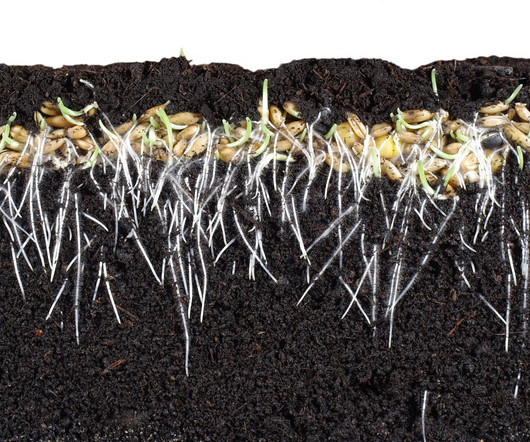




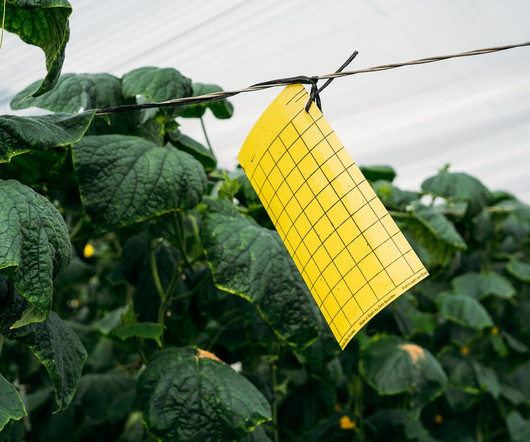
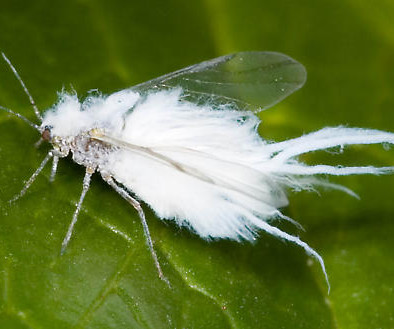
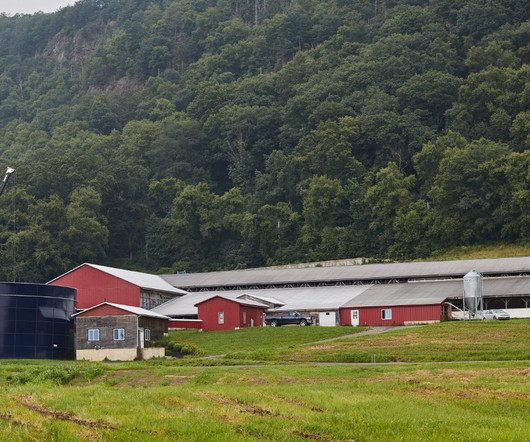
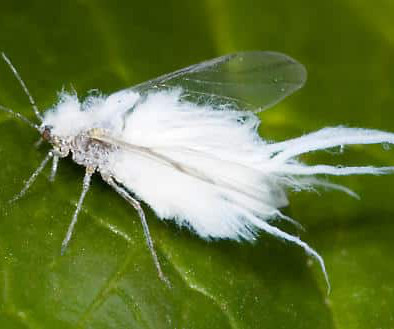








Let's personalize your content